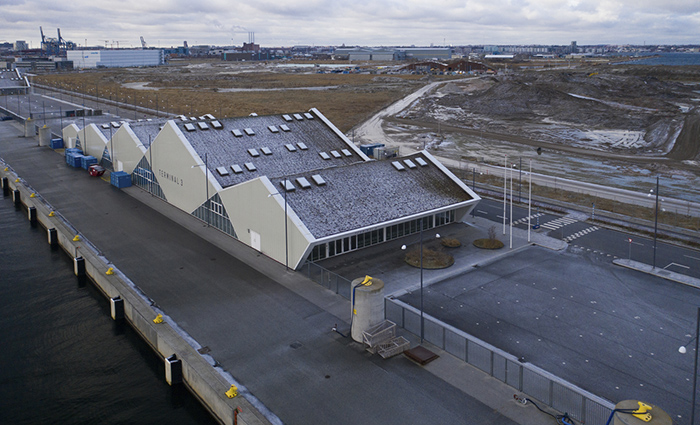
Providing daylight solutions for public buildings
Daylight solutions help to create quality, attractive, and comfortable spaces to spend time in. A range of rooflight solutions are available to maximize natural light exposure in public buildings. Public buildings are freely available to the public and accessible for use by all citizens. Community spaces such as town halls are also considered to be public buildings.